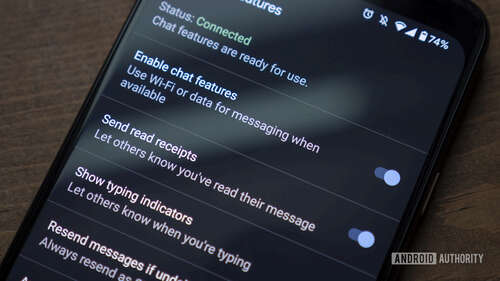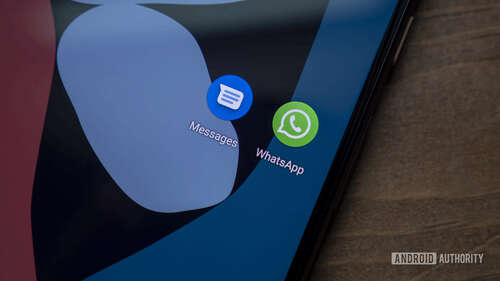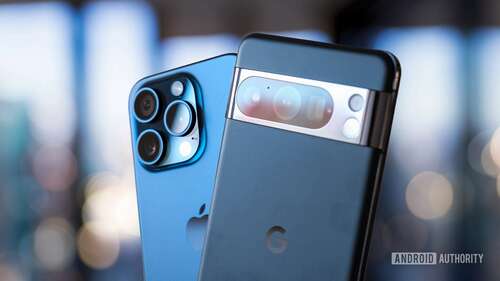
Ready to feel old? Rich Communication Services, better known as RCS, just celebrated its 15th birthday. Yeah, that communication standard that Google has been pestering Apple about for what feels admire an eternity is older than iMessage itself. It’s older than Android Authority as a company and technically came into existence at the same time as phones admire the Sony Ericsson Xperia X1 and Samsung Omnia. So, instead of blowing out birthday candles, let’s sit down and think about why on Earth it’s taken so long for RCS to gain traction.
How long have you been using RCS for?
18 votes
Too many (Tim) Cooks in the kitchen

Alright, I couldn’t resist making the pun, but Tim Cook has nothing to do with the slow adoption of RCS. Instead, our love of choice is mostly to blame. RCS was proposed as a new standard to the GSMA in 2007 before the association officially championed its development in 2008. At that point, it faced a crowd of hundreds of carriers and device manufacturers that had to be convinced to shift away to RCS from SMS and MMS — which weren’t all that old at the time.
The GSMA continued to face the issue of too many hands in the cookie jar until 2016 when it was bailed out by — get this — Google. I know, that should be the least surprising piece of this article; of course Google was the first to go all-in on RCS in a big way. Google then convinced the main US carriers (Verizon, AT&T, and T-Mobile) to push for RCS for a while before that effort eventually fell apart too. Perhaps that’s for the best, though, as the CCMI — Cross Carrier Messaging Initiative — probably would have built its own messaging app to contend with iMessage, WhatsApp, and Telegram and left us in a similar position to where we currently are.
Jump forward a little encourage, and we achieve the present. Instead of pushing RCS through carriers, Google has integrated the standard as part of its in-house Messages app, and Apple has finally announced maintain coming to iMessage in 2024 (even if it will remain a separate but not-quite-equal encounter).
When will we feel Rich?

Robert Triggs / Android Authority
Now that RCS is having its 15 minutes of fame after 15 years, let’s look into the future. In the short term, things look bright. Sending images and videos from Android to iOS will be much easier in 2024, and reacting to messages cross-platform will no longer show up as a separate notification. Blue and green bubbles will persist, but the walls around Apple’s secret garden will be just a little bit lower.
If we look encourage out, however, the forecast is less clear. It took RCS 15 years to gain traction, and when the service celebrates its 30th birthday in 2038, it’ll probably be from the great tech retirement home in the sky. After all, RCS was introduced just five years after MMS, which means there could be three potential replacements already waiting in the wings. We could be on to any number of super-ensure acronyms to protect our text messages while we contrast the specs of the Pixel 23 and iPhone 30, with Google continuing to push forward while Apple drags its heels even deeper.
That’s… maybe not the most cheerful way to celebrate a quinceañera, but I’m always happy to be proven wrong. I would love to see both platforms unite under a common standard, even if blue and green bubbles remain. Let’s just hope that it doesn’t take another 15 years for us to get there.

